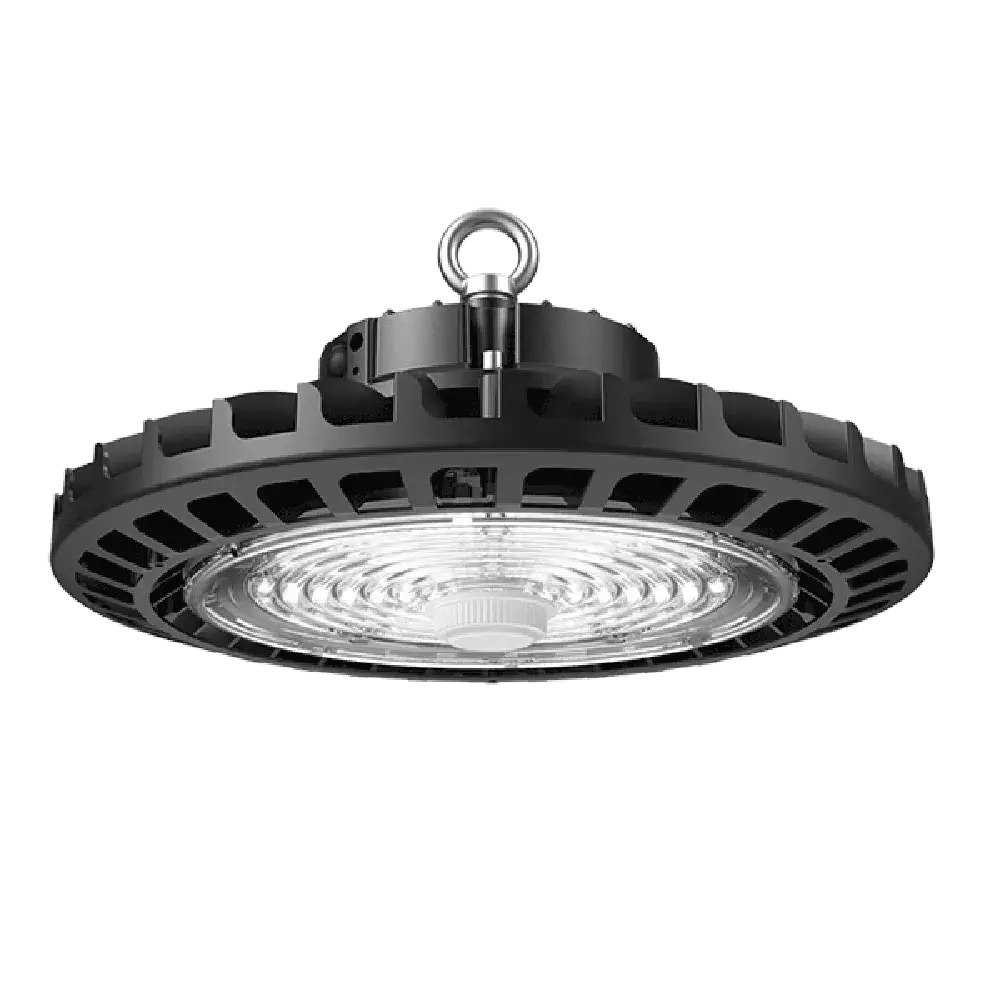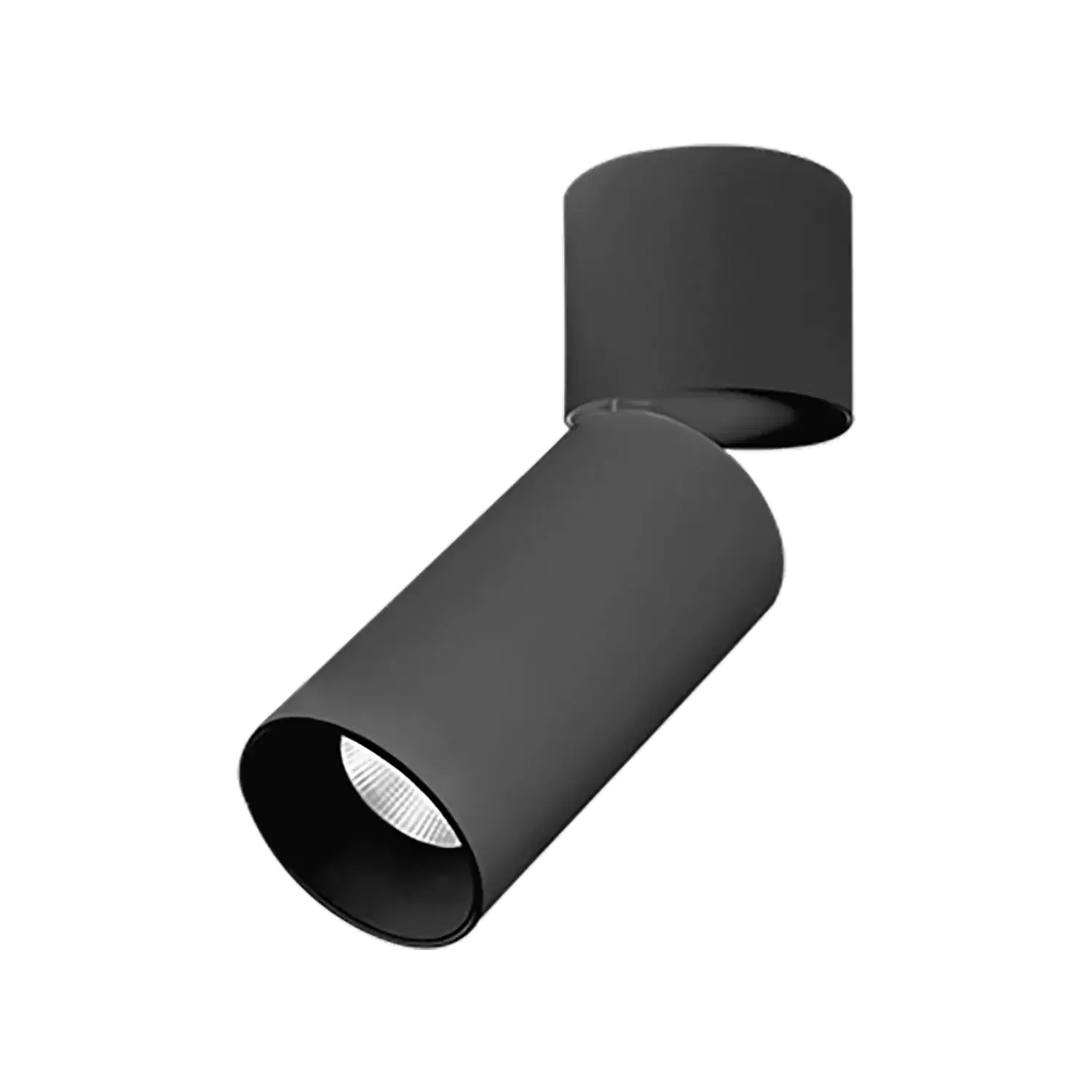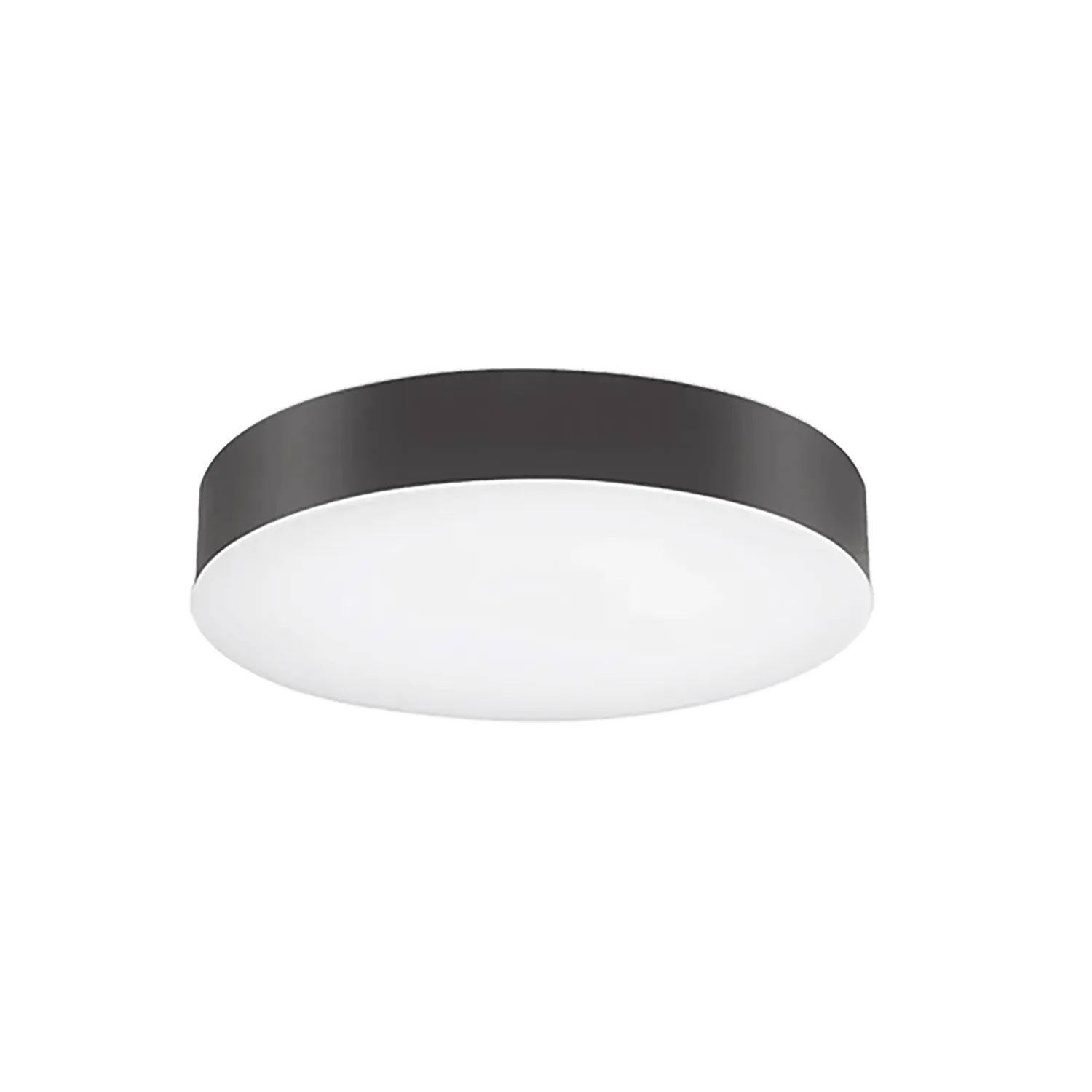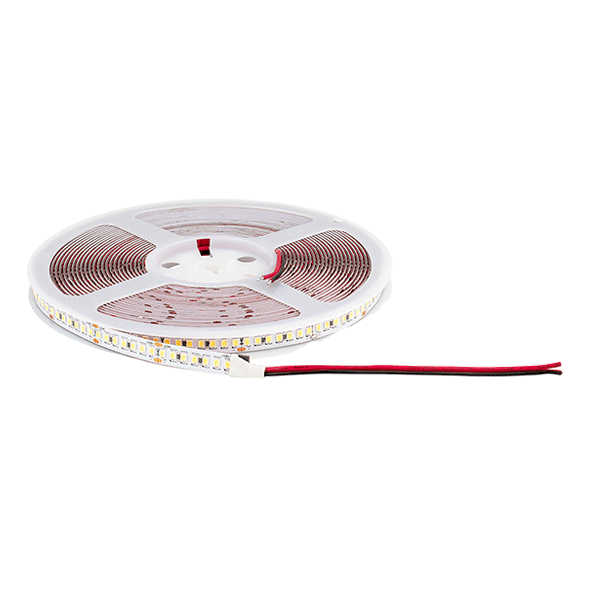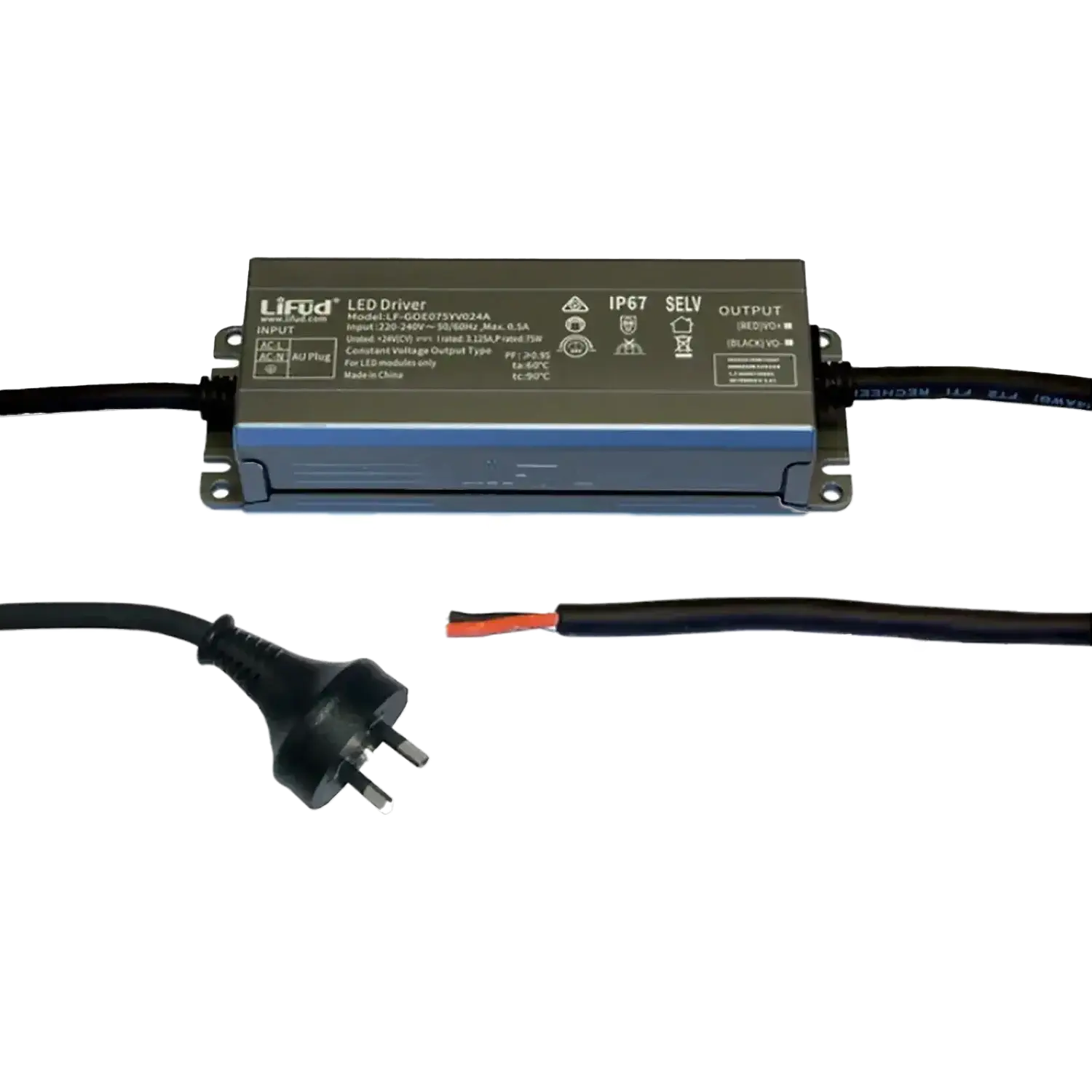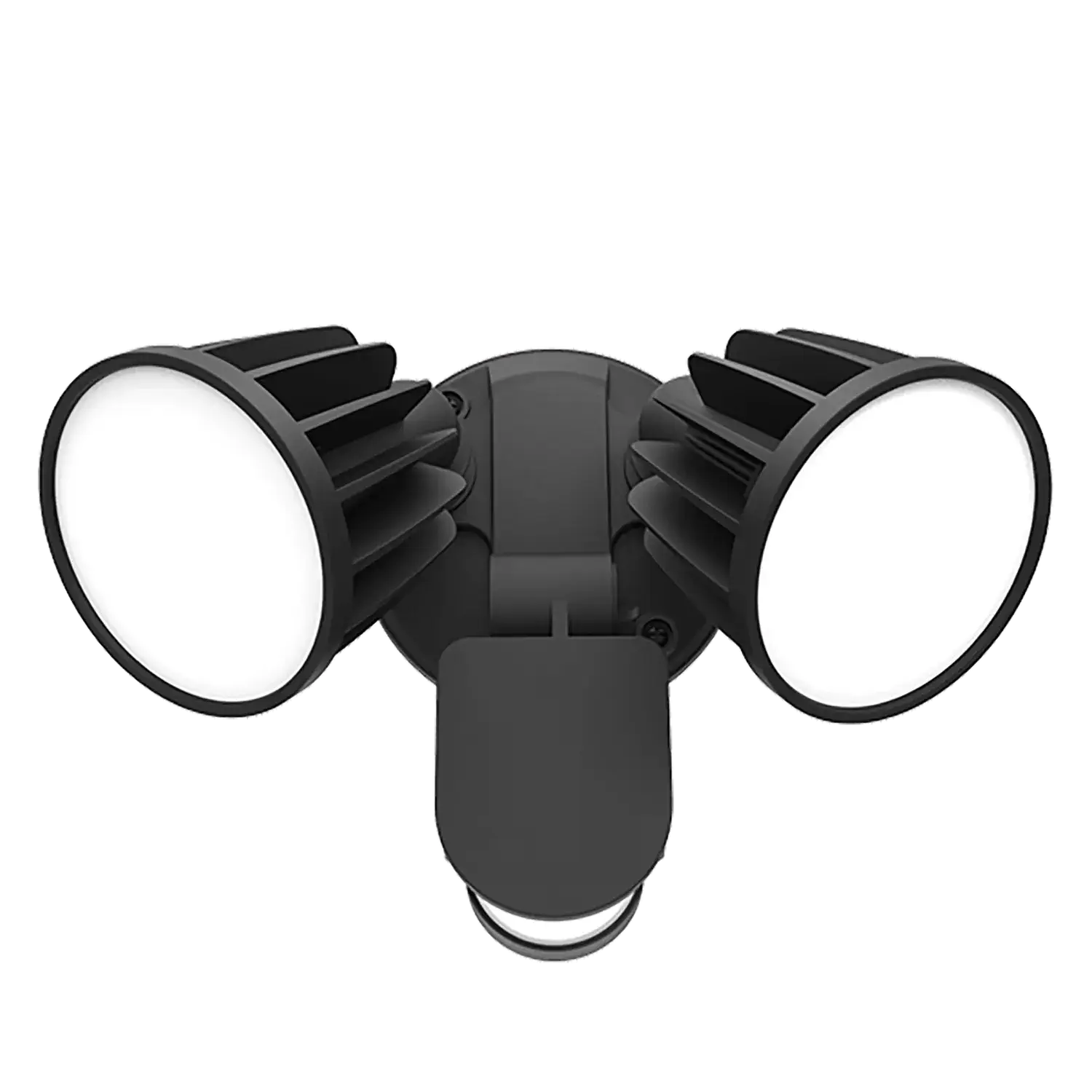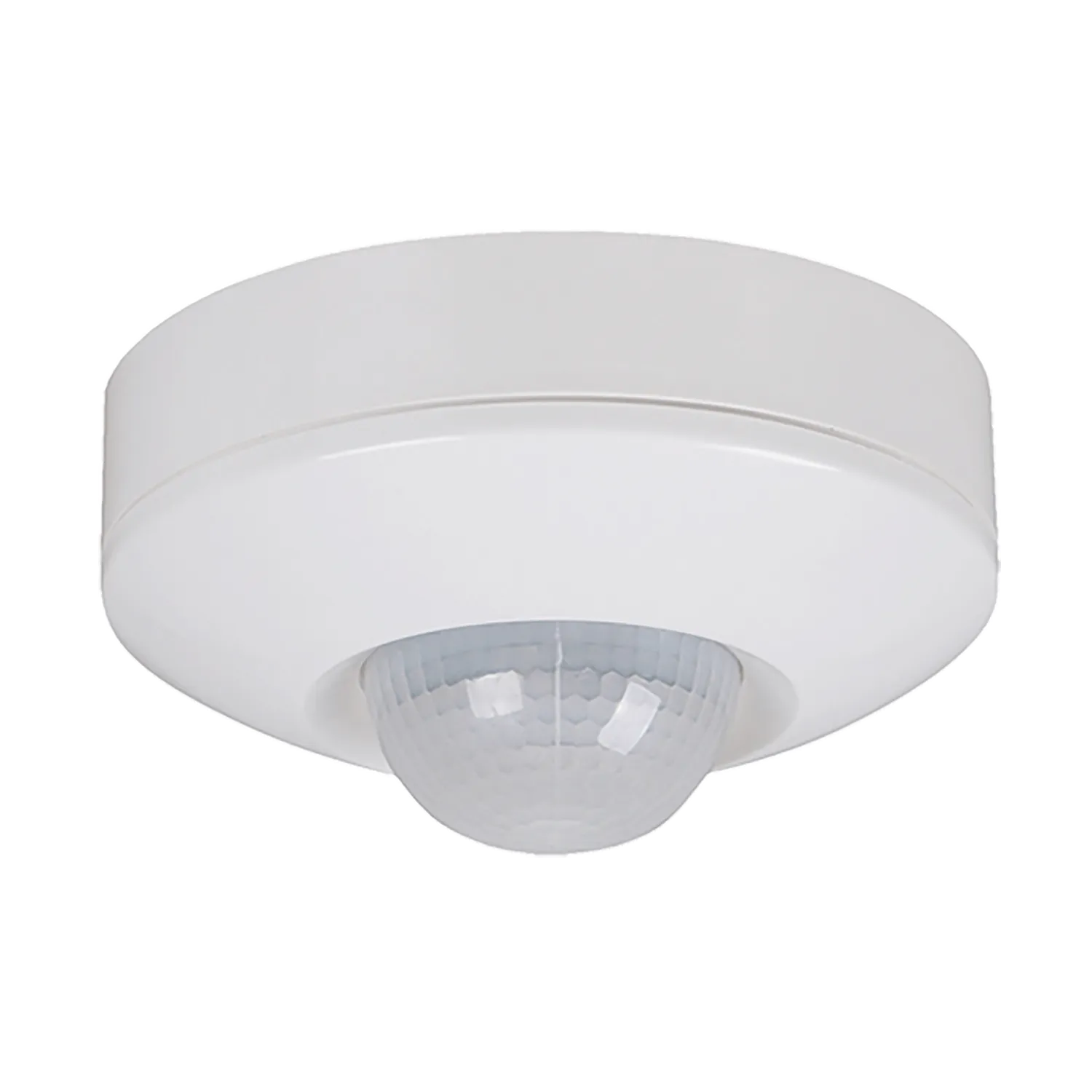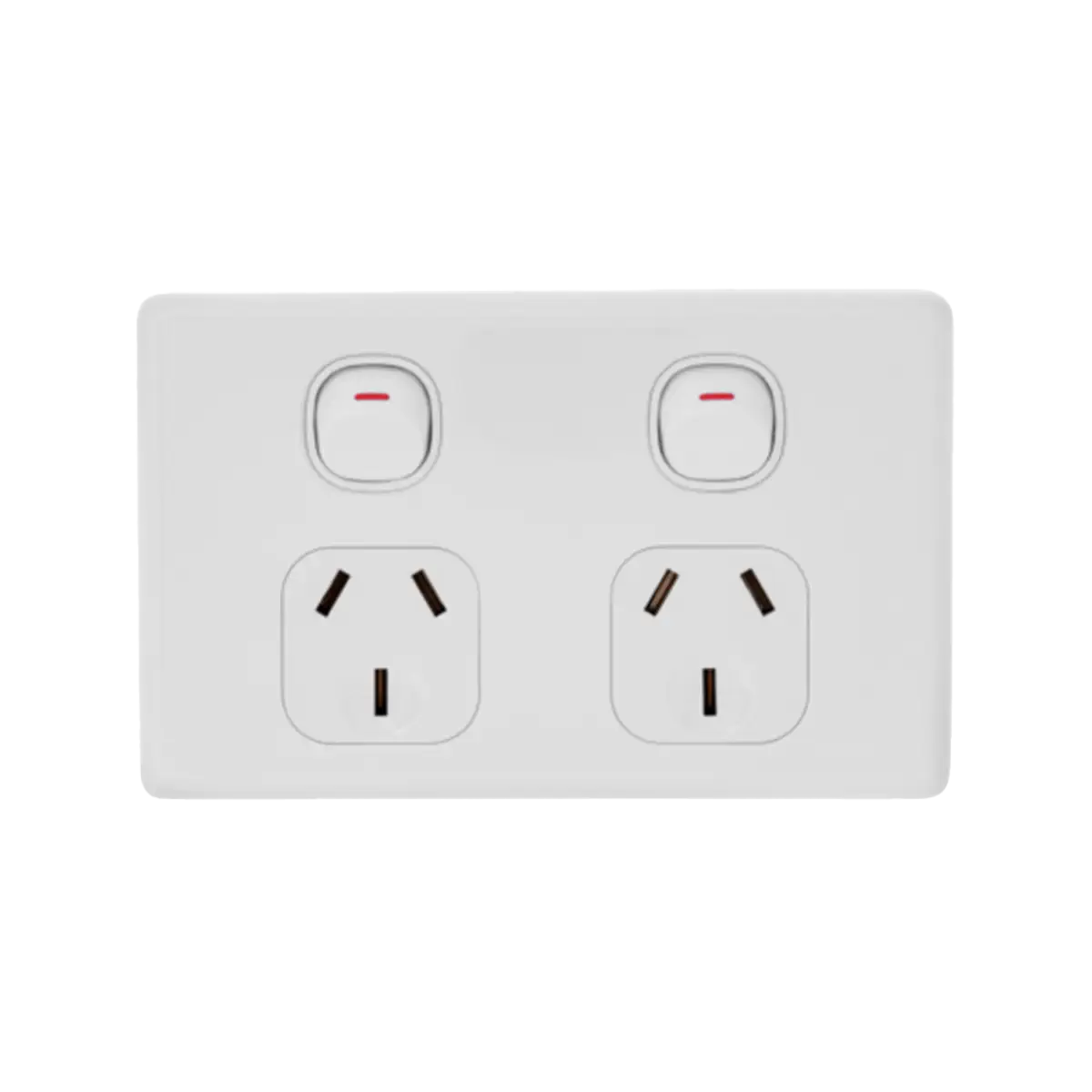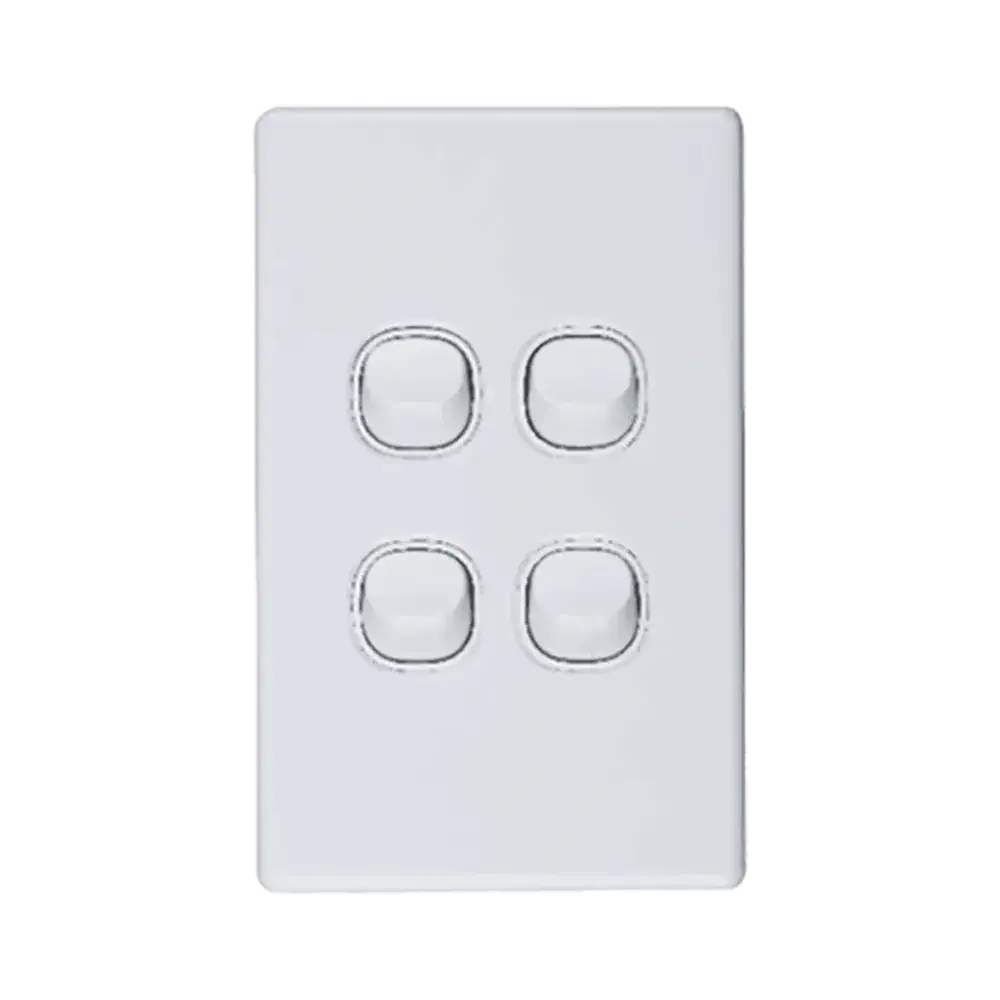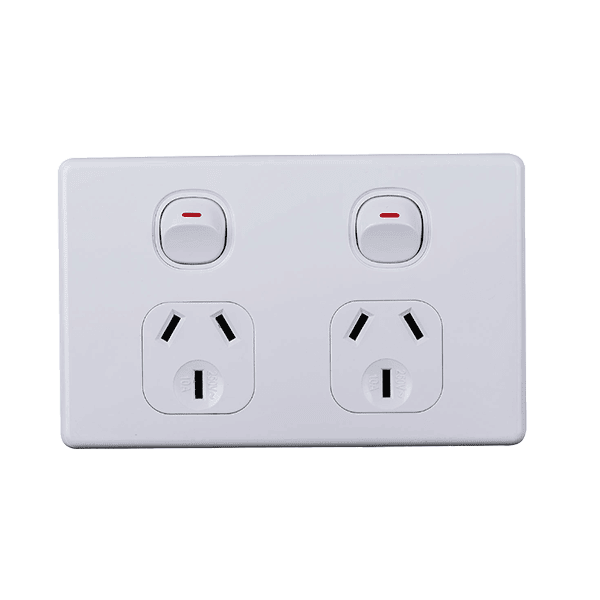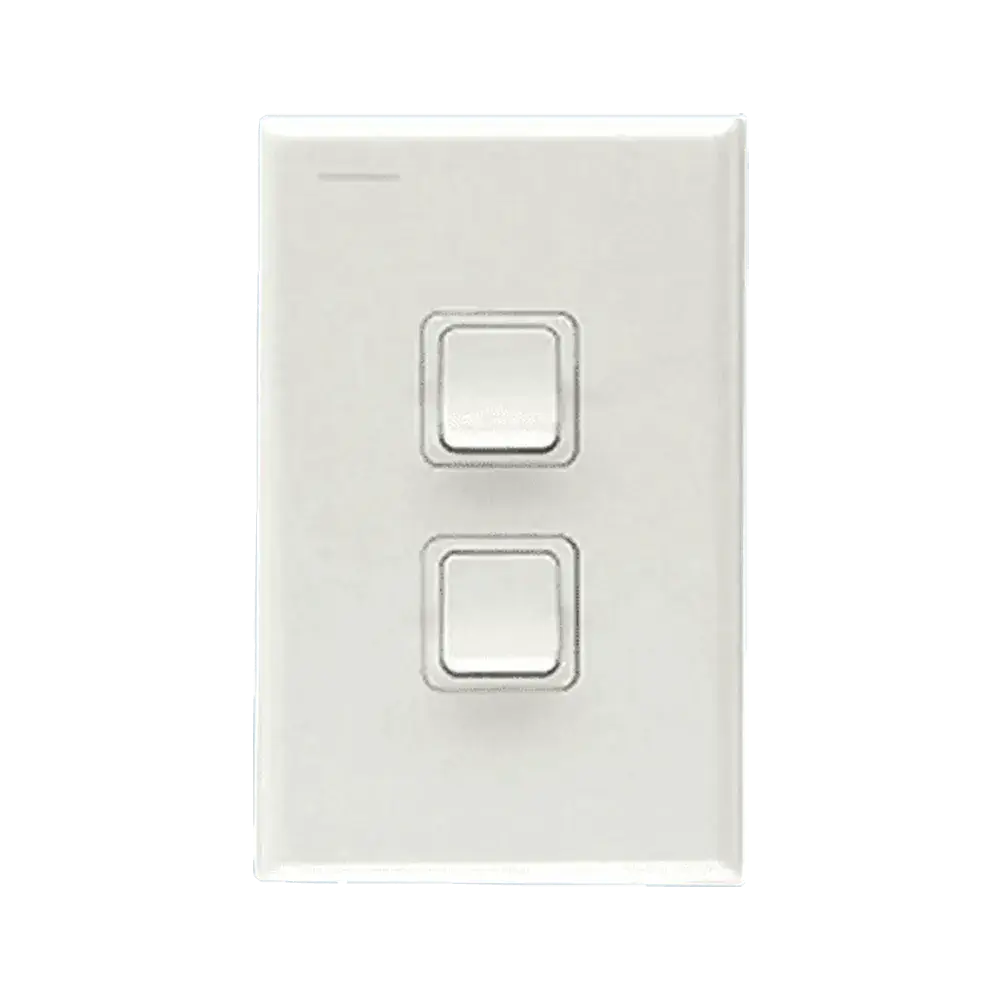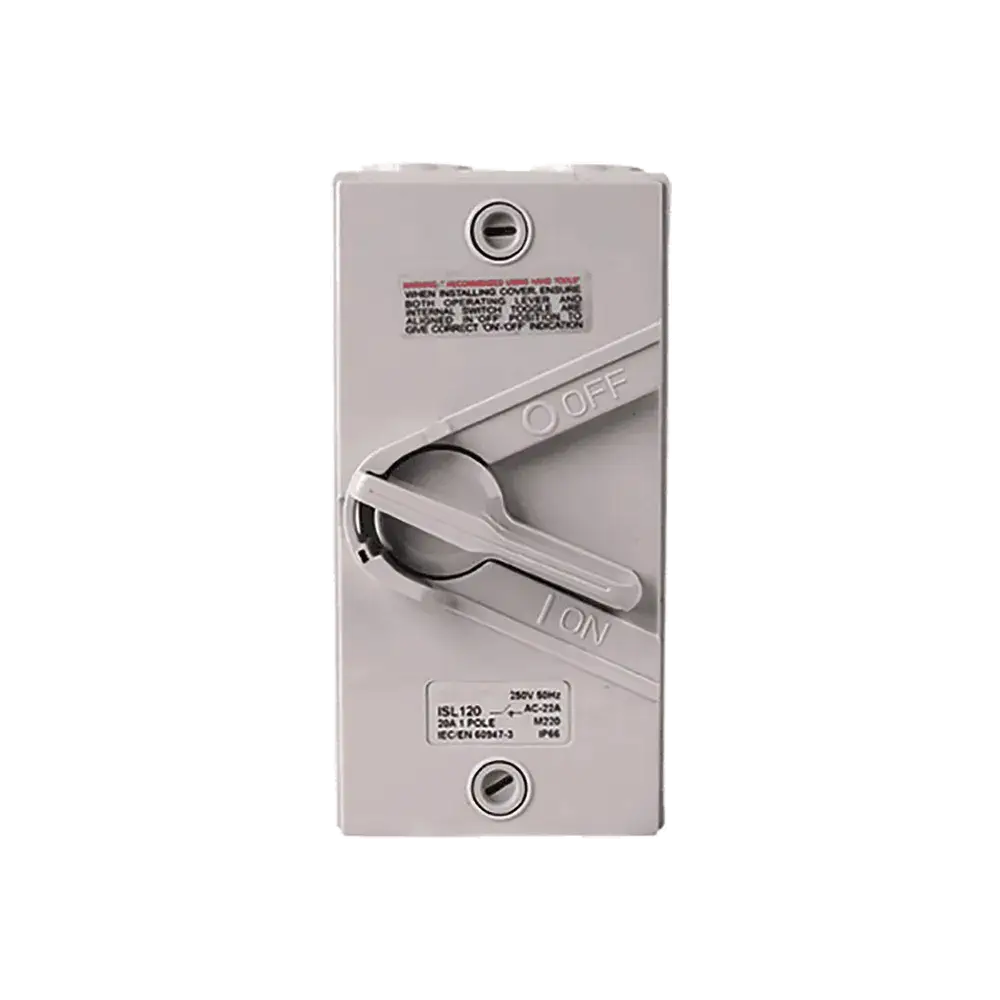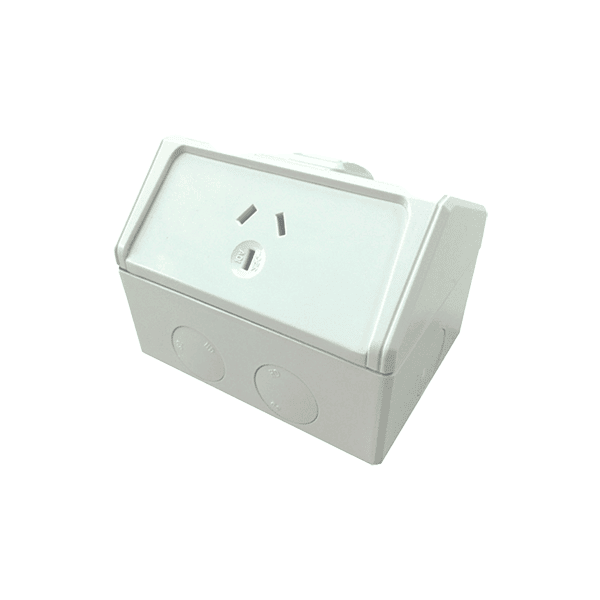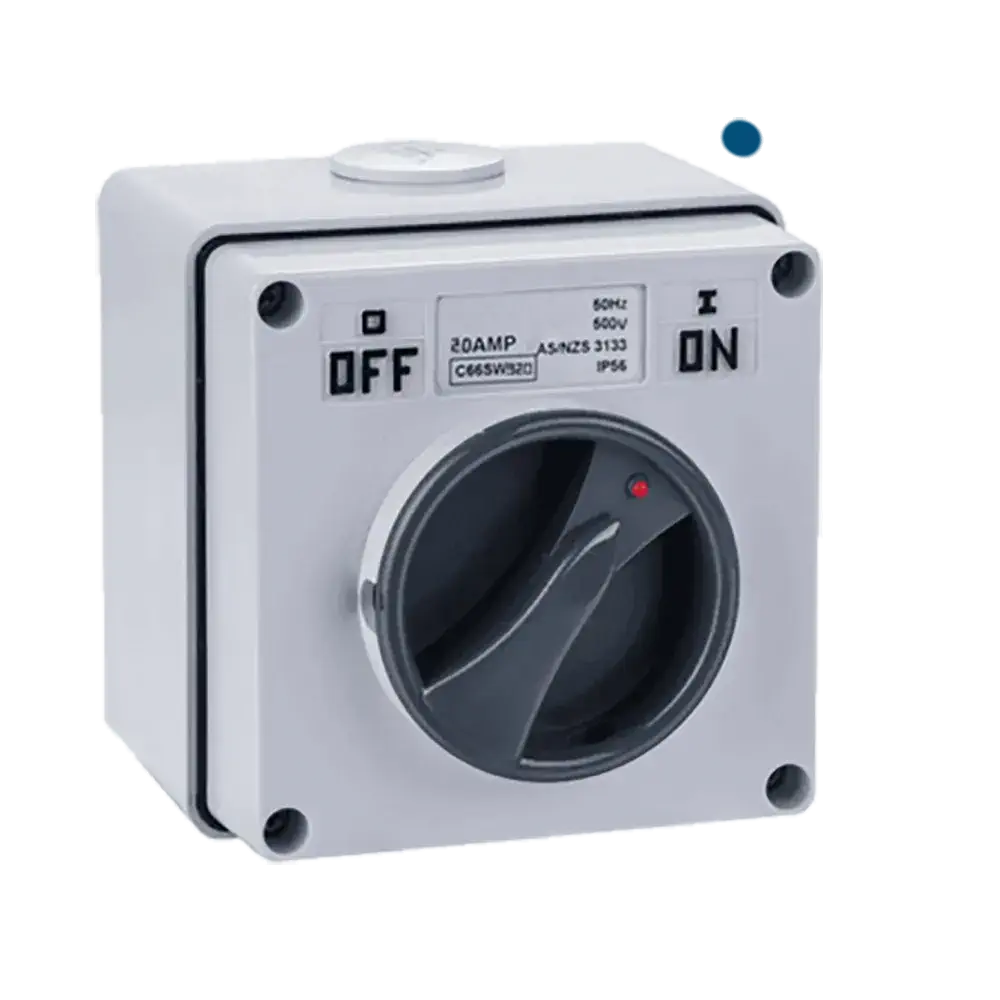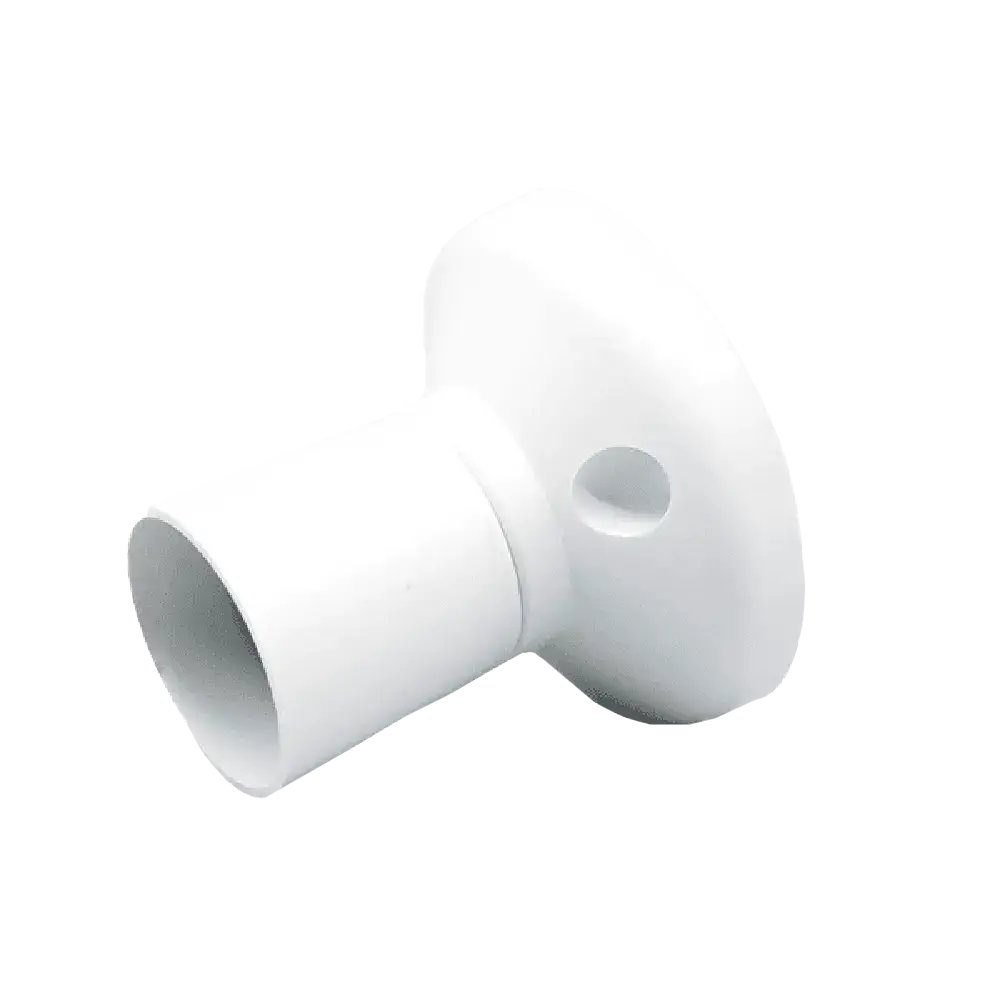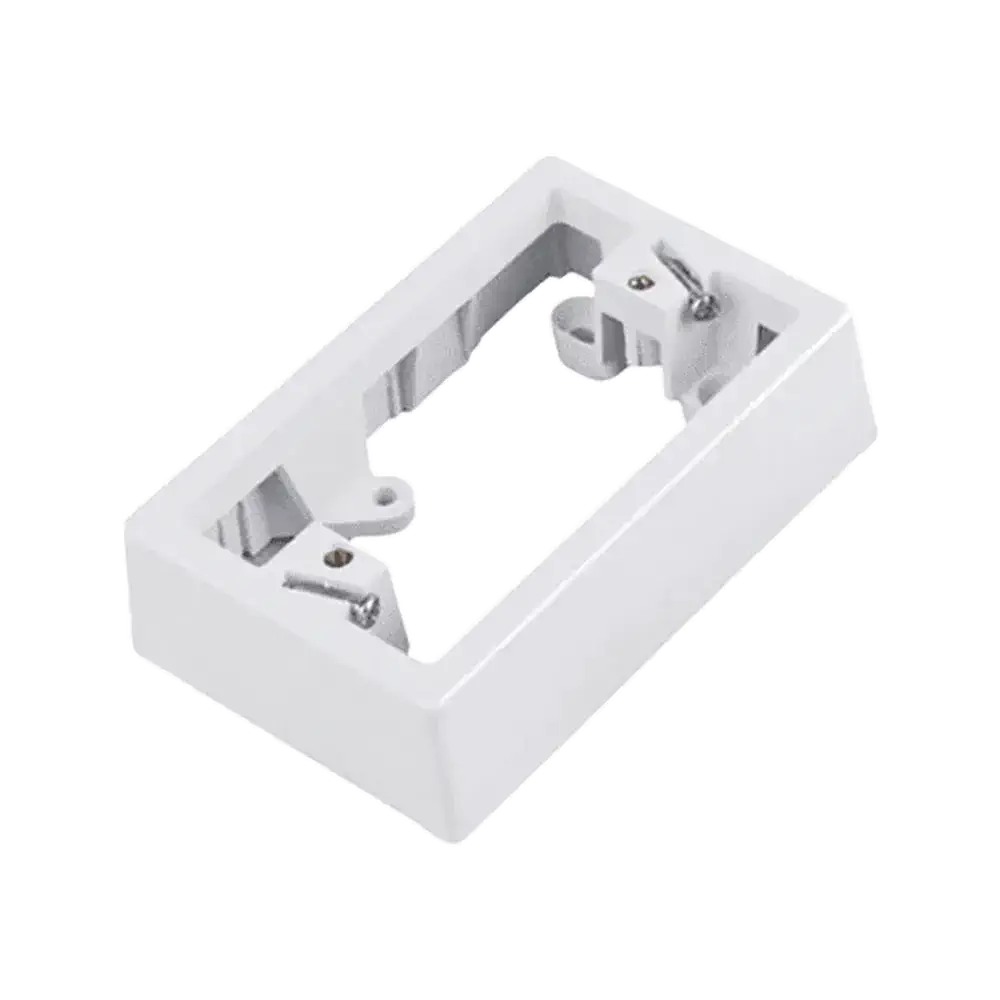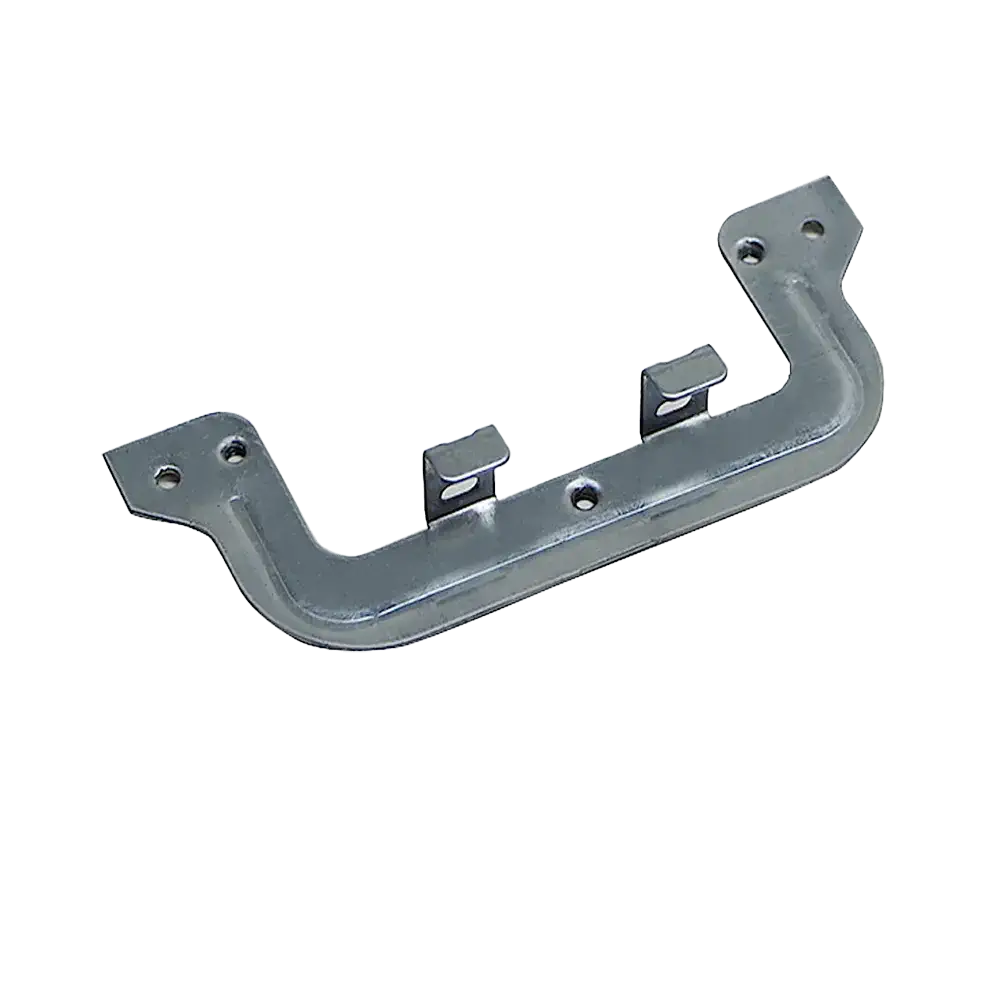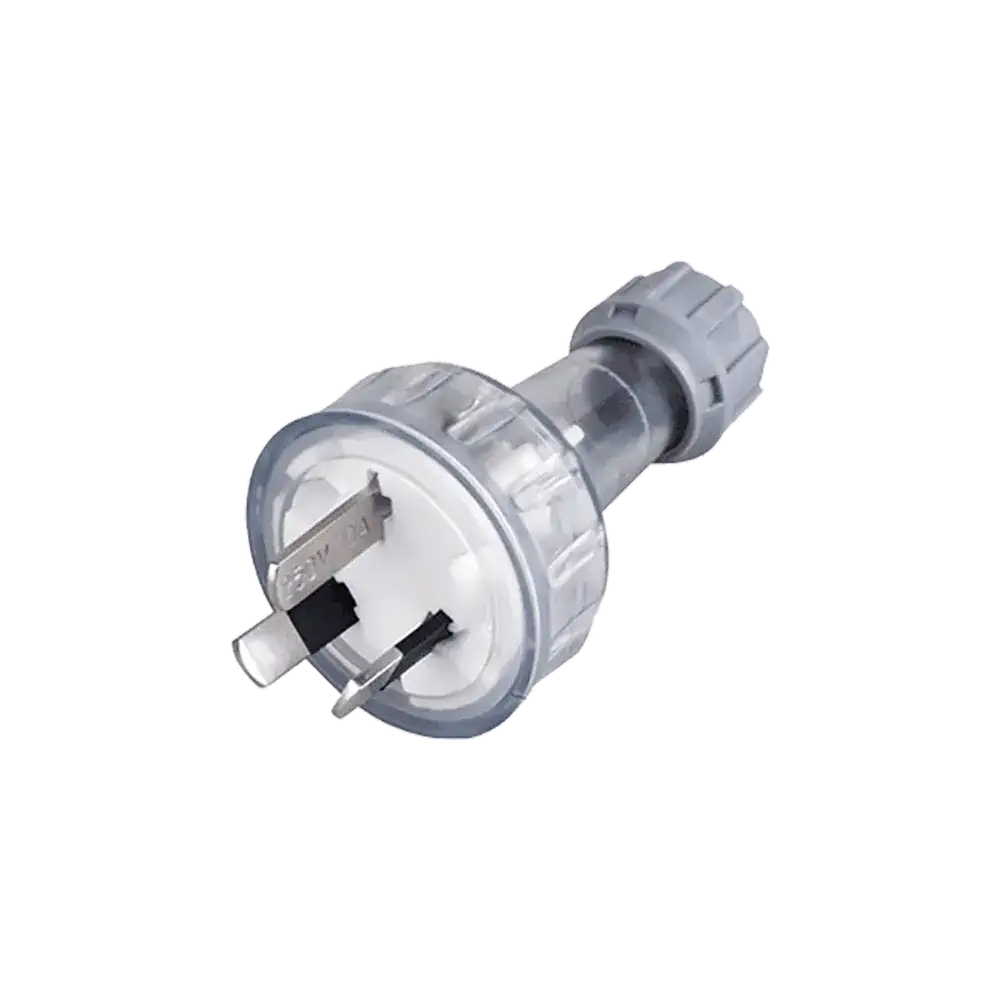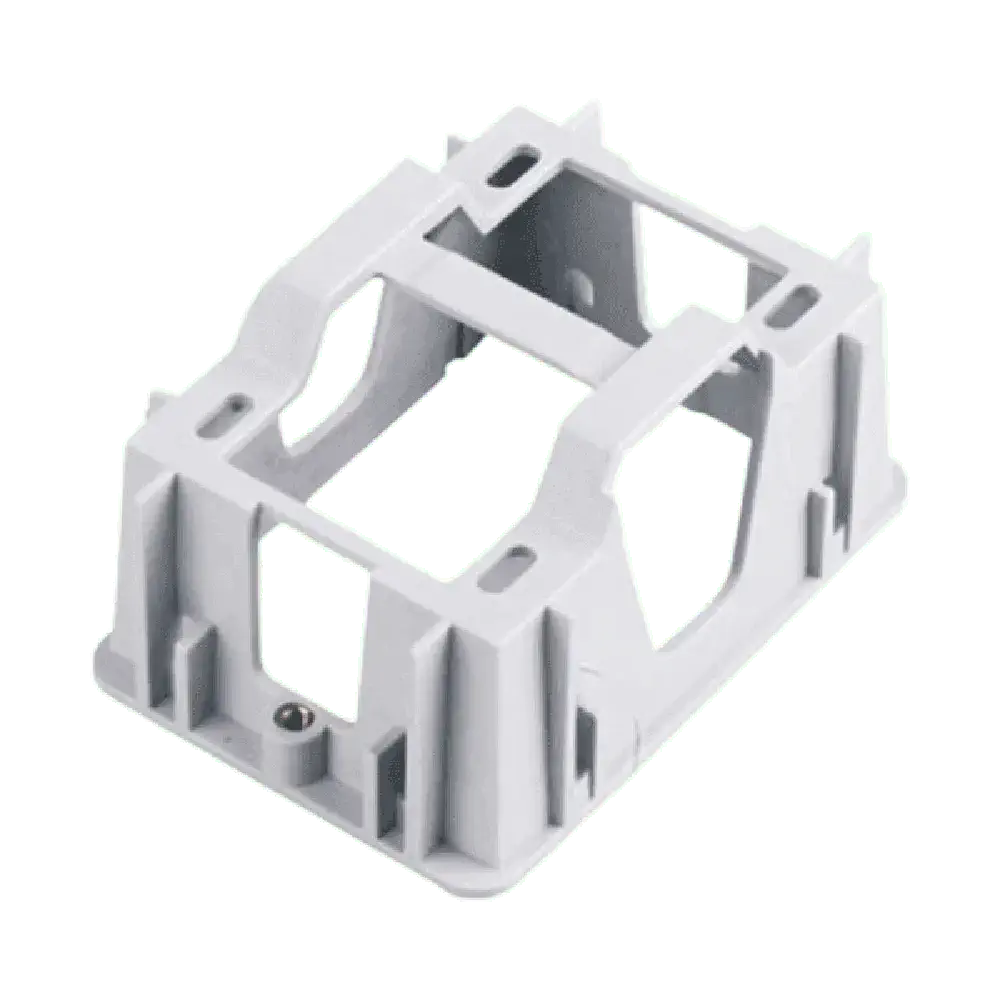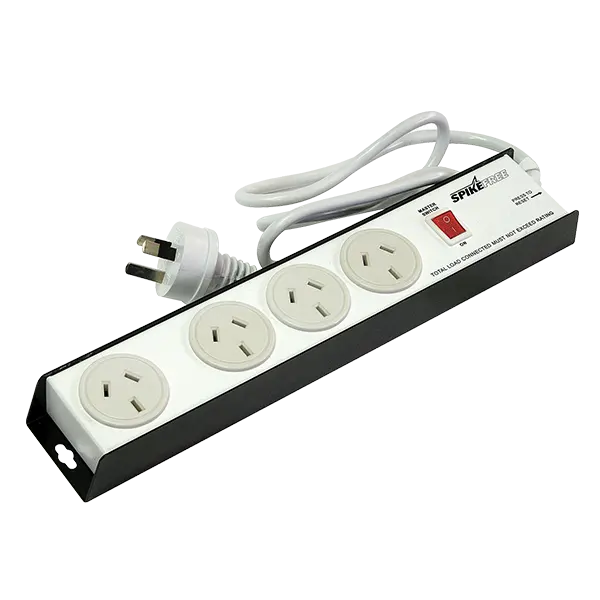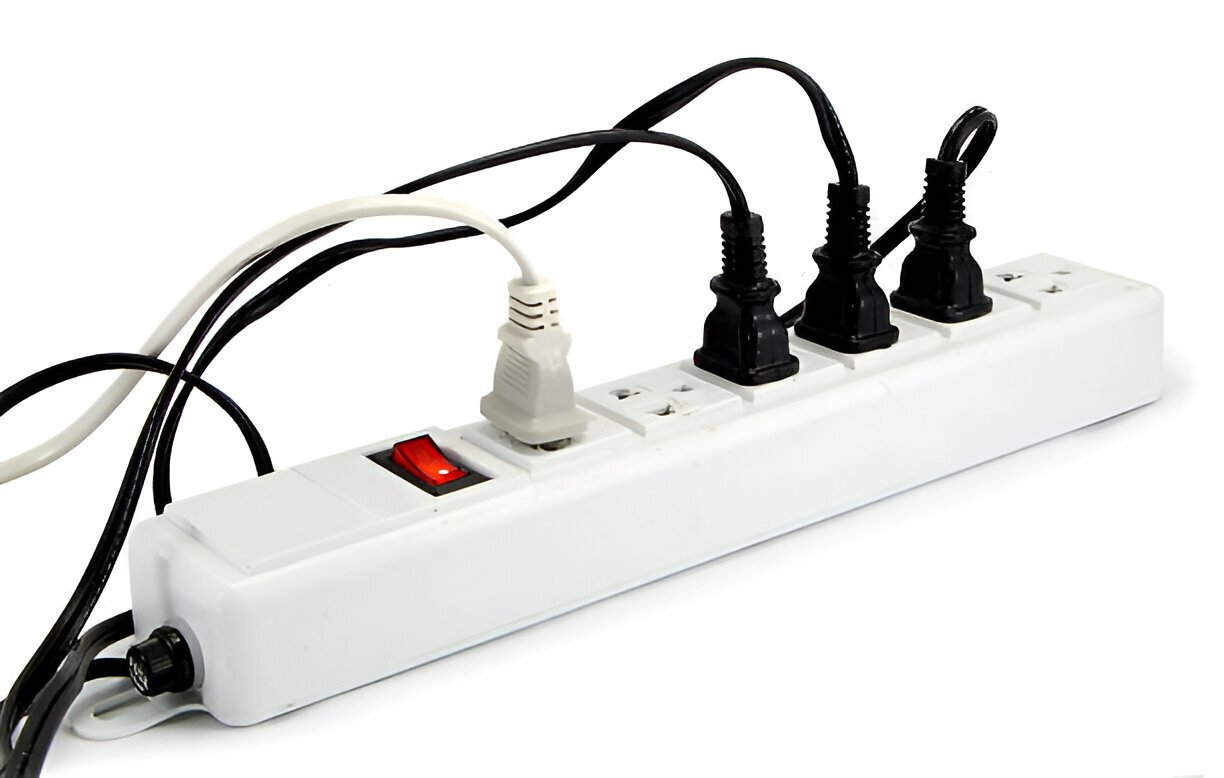Passive Infrared (PIR) sensors and microwave sensors are both types of motion sensors commonly used in various applications, but they operate on different principles. Here are the key differences between PIR and microwave sensors:
1. Principle of Operation:
- PIR Sensor:
- Operation: PIR sensors detect changes in infrared radiation in their field of view. When a warm object (such as a human or animal) moves across the sensor’s detection zone, it causes a change in the infrared radiation, triggering the sensor to activate.
- Microwave Sensor:
- Operation: Microwave sensors emit continuous microwave signals and measure the reflection of those signals. Any movement within the detection area causes a shift in the reflected frequency, triggering the sensor.
2. Detection Method:
- PIR Sensor:
- Detection Type: PIR sensors are best suited for detecting heat-emitting objects in their field of view. They are particularly sensitive to changes in temperature.
- Microwave Sensor:
- Detection Type: Microwave sensors are more versatile and can detect motion regardless of temperature changes. They are sensitive to any movement that alters the reflected microwave signals.
3. Sensitivity and Range:
- PIR Sensor:
- Sensitivity: PIR sensors are highly sensitive to heat differentials, making them effective for detecting warm bodies. However, they may be less sensitive to slow or small movements.
- Range: Typically used for short to medium-range applications.
- Microwave Sensor:
- Sensitivity: Microwave sensors are generally more sensitive to a broader range of movements, including slow or small motions. They are less affected by temperature differentials.
- Range: Can cover a larger detection area and are suitable for both short and long-range applications.
4. Environmental Factors:
- PIR Sensor:
- Environmental Impact: PIR sensors may be influenced by environmental factors such as temperature changes, sunlight, and the presence of hot or cold objects.
- Microwave Sensor:
- Environmental Impact: Microwave sensors are less affected by temperature changes and environmental conditions. They are more reliable in outdoor settings.
5. Applications:
- PIR Sensor:
- Common Applications: Used in security systems, lighting control, and occupancy sensing in buildings.
- Microwave Sensor:
- Common Applications: Widely used in automatic door openers, traffic flow monitoring, and outdoor security lighting.
6. Cost:
- PIR Sensor:
- Cost: PIR sensors are generally more cost-effective compared to microwave sensors.
- Microwave Sensor:
- Cost: Microwave sensors may be more expensive, but they offer additional advantages in terms of versatility and performance.
In summary, the choice between PIR and microwave sensors depends on the specific requirements of the application, including sensitivity, range, and environmental conditions. PIR sensors are often more cost-effective for simple applications, while microwave sensors offer greater flexibility and reliability in diverse environments.


